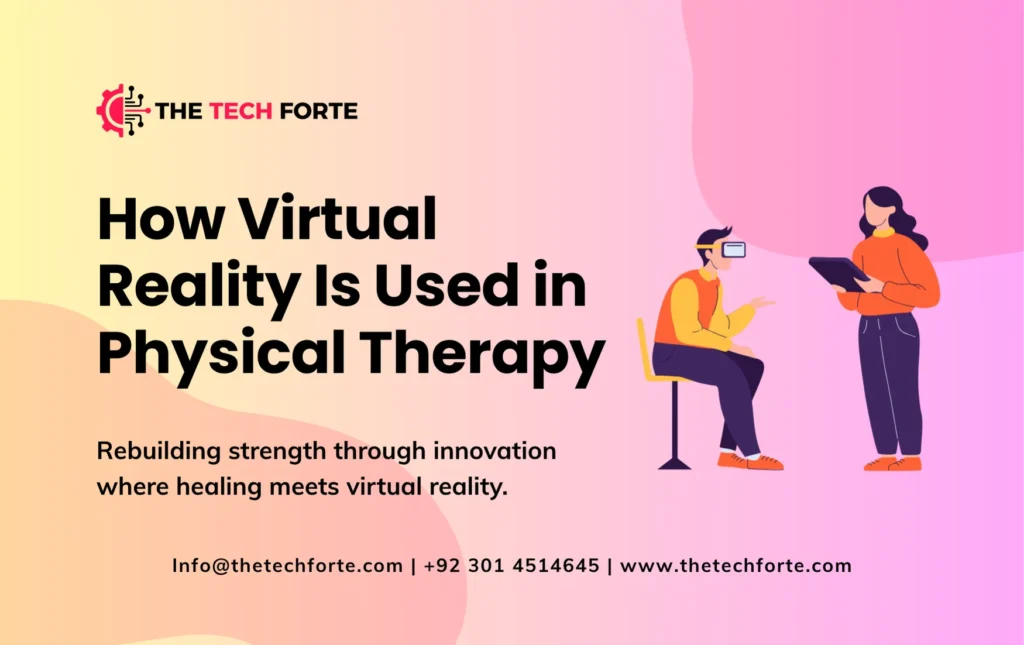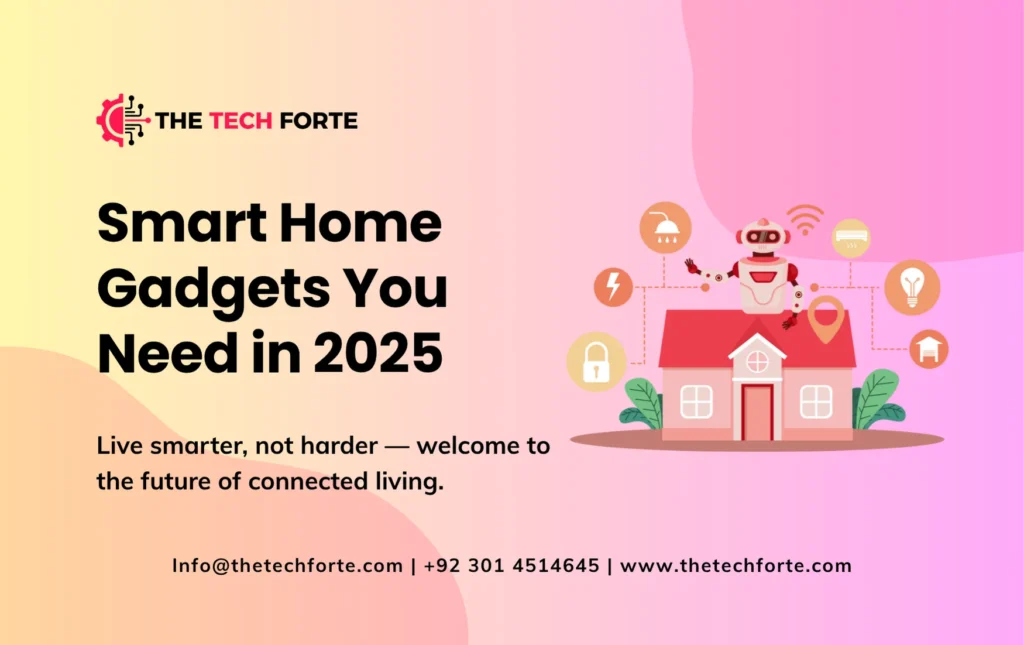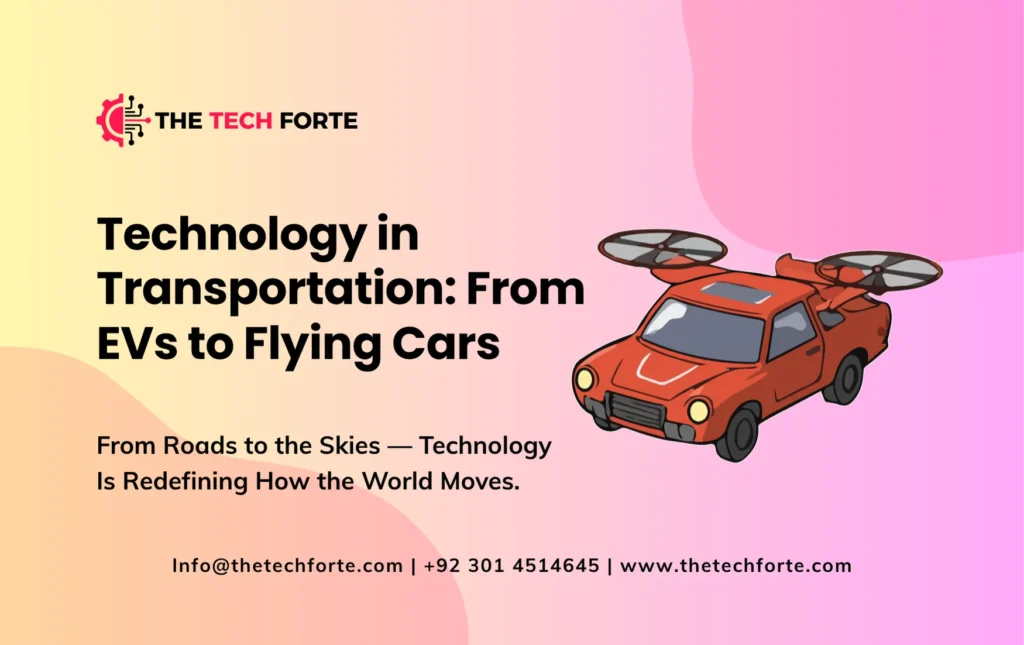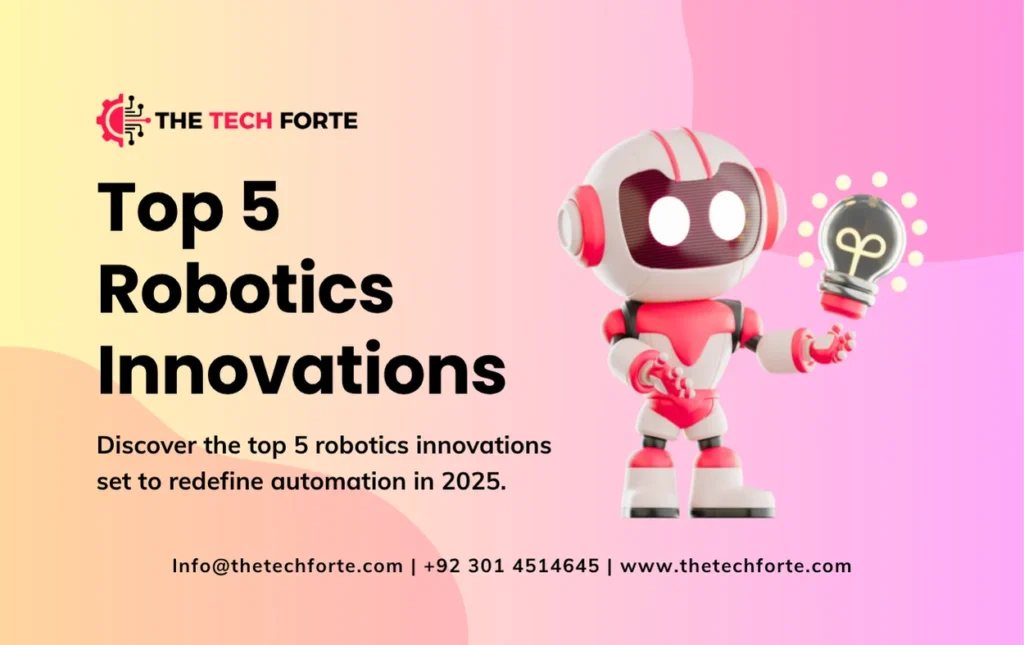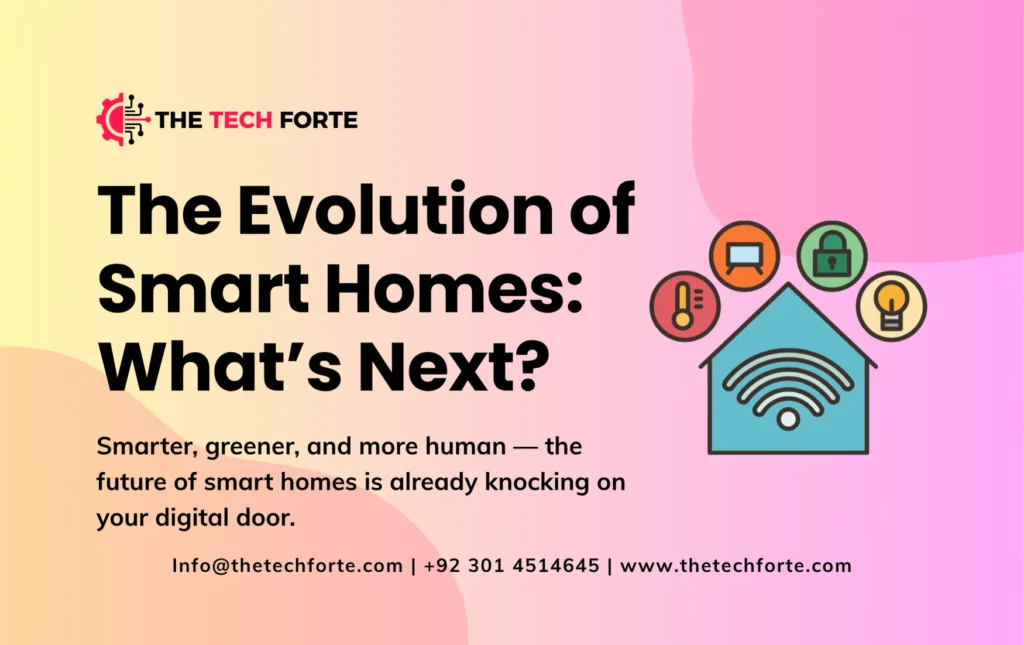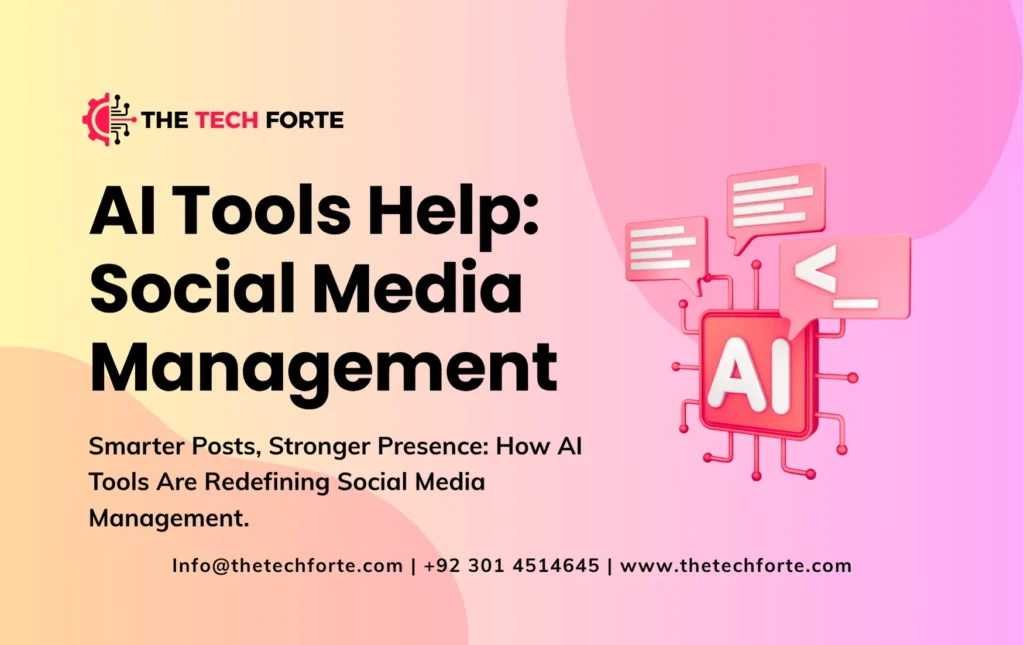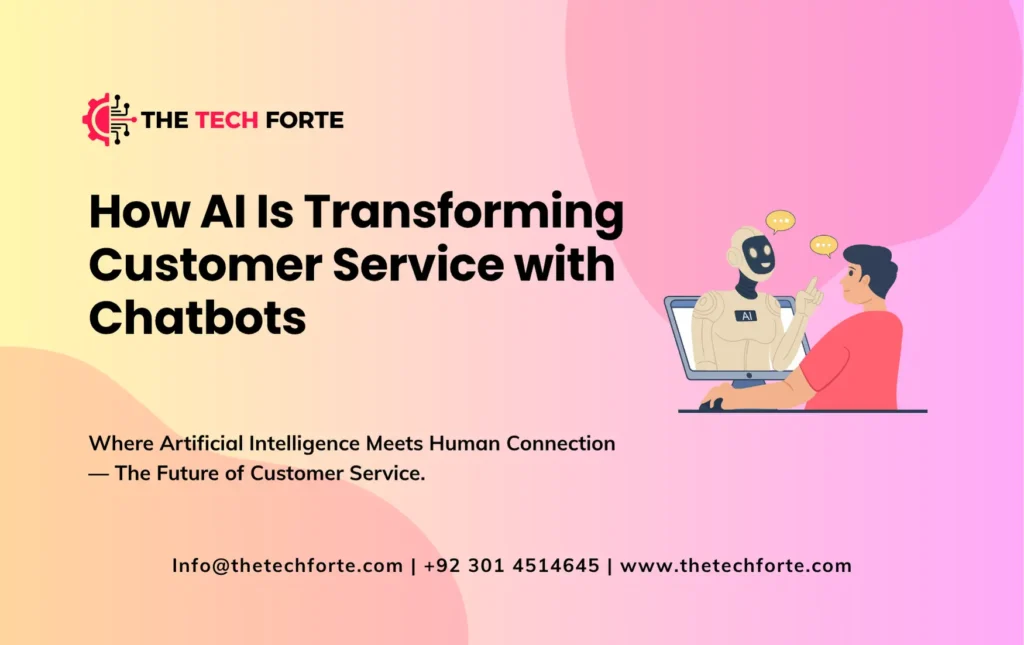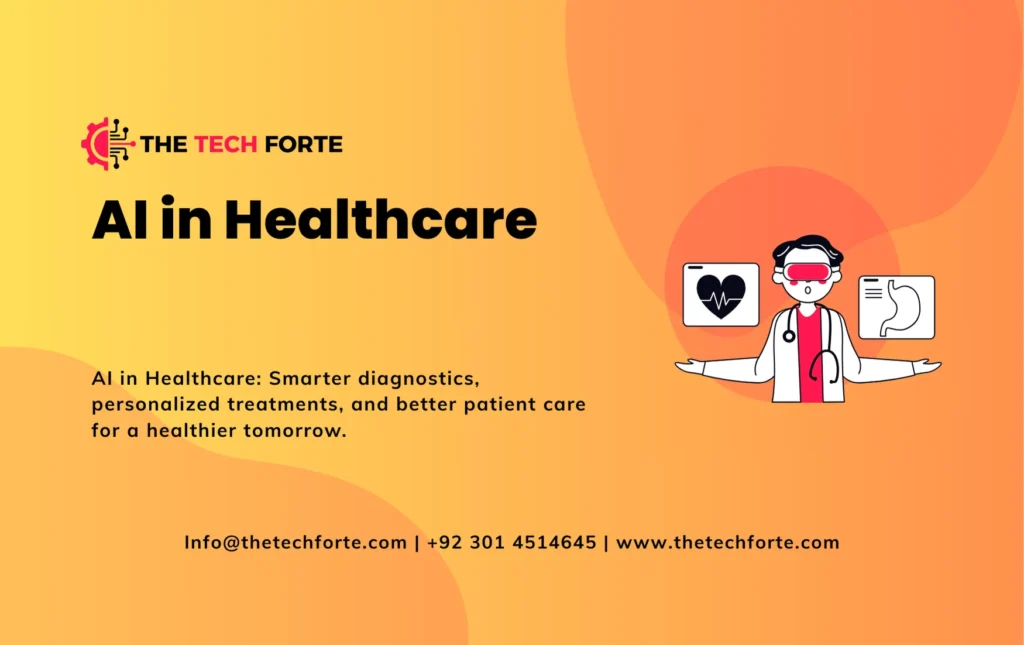Are Self-Driving Cars Finally Ready for the Mass Market?

The world is shifting gears toward a new mobility era, one driven by automation, connectivity, and sustainability. Self-driving cars are no longer distant science fiction; they’re already on our streets, navigating intersections, testing in cities, and reshaping what “driving” means.
According to McKinsey & Company, the global autonomous driving market could generate between $300 billion and $400 billion by 2035, as manufacturers, tech firms, and mobility providers compete for dominance. Companies like Waymo, Tesla, and other innovators are leading the charge in developing self-driving autonomous cars that promise to revolutionize transport convenience, safety, and efficiency.
But the question remains: Is the world truly ready to let go of the steering wheel?
The Evolution of Self-Driving Cars
The journey toward full autonomy didn’t happen overnight. The first automated systems appeared decades ago through cruise control and parking assist features. Fast-forward to today, and we have vehicles capable of Level 4 automation handling most driving functions without human input.
- Tesla’s self-driving car fleet has logged billions of real-world miles, continually improving performance through machine learning.
- Waymo’s self-driving car service operates autonomous taxis in U.S. cities such as Phoenix and San Francisco.
- Traditional automakers like BMW, Mercedes-Benz, and Toyota are integrating ADAS (Advanced Driver-Assistance Systems) as stepping stones to full autonomy.
The first self-driving cars for the mass market are expected to roll out in the next few years, reshaping commuting, logistics, and even urban design.
Why Autonomous Driving Matters
The impact of autonomous vehicles (AVs) goes far beyond convenience. They represent a massive technological and societal shift.
Key benefits include:
- Enhanced safety: Human error causes 90% of road accidents. Automation can dramatically reduce fatalities.
- Time efficiency: Commuters could reclaim up to an hour a day in previously “lost” travel time.
- Mobility for all: Elderly and disabled individuals gain new independence.
- Environmental gains: AI-optimized driving patterns reduce congestion and emissions.
According to KPMG’s “Are We Ready?” report, self-driving vehicles could also end the era of the “two-car family,” replacing ownership with mobility-on-demand, shared, connected, and efficient.
The Technology Powering Self-Driving Cars
At the core of autonomous mobility lies a blend of AI, sensors, data analytics, and machine learning.
- Lidar and Radar Systems: Enable cars to “see” surroundings in real time.
- AI and Neural Networks: Process millions of data points per second to make split-second driving decisions.
- Smart Connectivity: Integrates with smart cities, traffic lights, and navigation systems.
- Cloud & 5G Networks: Provide the ultra-low latency communication needed for real-time coordination.
Every self-driving car, from Tesla’s Autopilot to Waymo’s Driver AI, relies on constant data feedback loops that learn from billions of miles of driving experience.
The Market Outlook: Growth by 2035
McKinsey projects that by 2035, nearly 76 million self-driving cars will be operating worldwide. This surge will reshape the $2 trillion automotive industry, creating new ecosystems of software, services, and connected infrastructure.
Key growth areas include:
- Autonomous logistics and delivery: Driverless trucks and drones.
- Shared mobility services: Robotaxis, car-sharing, and subscription-based travel.
- Infrastructure modernization: Smart highways, connected intersections, and digital road mapping.
Asia, North America, and Europe are leading the charge, but developing markets are also testing low-speed autonomous shuttles to enhance urban mobility.
Suggested Read: Smart Homes of 2030: Living with Fully Automated Systems
Consumer Readiness: Are We Ready to Trust Driverless Cars?
Despite technological leaps, public trust remains a major hurdle.
A recent KPMG study revealed that while curiosity is high, skepticism persists around safety and ethics.
The National described a firsthand ride in a Waymo self-driving car in Atlanta, where the “empty driver’s seat” stirred both excitement and unease among passengers.
This human factor, psychological readiness, may determine how quickly self-driving technology becomes mainstream. Transparency, education, and real-world exposure are essential to earning user confidence.
Challenges Facing Autonomous Mobility
Even as innovation accelerates, several critical barriers remain:
- Regulatory Uncertainty: Laws differ by country; clear frameworks are needed for liability and insurance.
- Cybersecurity Risks: Connected cars are vulnerable to hacking and data breaches.
- Infrastructure Readiness: Roads, sensors, and communication systems must be upgraded to support autonomy.
- High Costs: Lidar sensors, computing hardware, and mapping tech remain expensive.
- Ethical and Reputational Risks: Who’s responsible in a crash, the driver, the software, or the manufacturer?
Addressing these issues will determine whether autonomous vehicles evolve from luxury experiments to everyday tools of transport.
Tesla vs Waymo: The Race to Full Autonomy
Two giants define today’s self-driving narrative:
- Tesla’s Self-Driving Car Approach: Tesla relies on camera-based vision systems and deep learning, prioritizing scalability across millions of consumer vehicles. It pushes “Full Self-Driving” (FSD) updates via over-the-air software, making each car smarter over time.
- Waymo’s Self-Driving Car Approach: Waymo uses high-precision Lidar, detailed mapping, and redundant safety systems. Its fleet focuses on commercial robotaxi services, emphasizing reliability over speed of deployment.
While both aim for Level 5 autonomy, their paths differ: Tesla bets on evolution through user data, while Waymo focuses on controlled, safety-first environments.
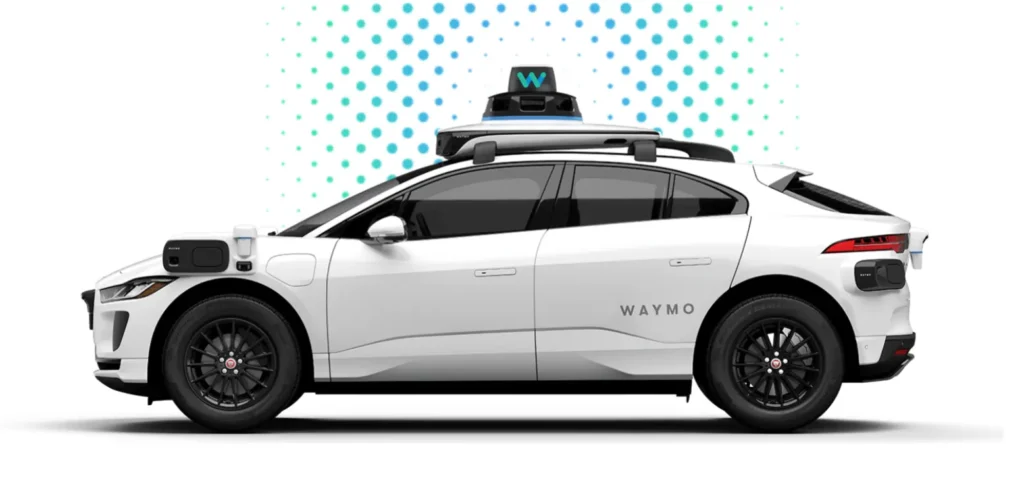
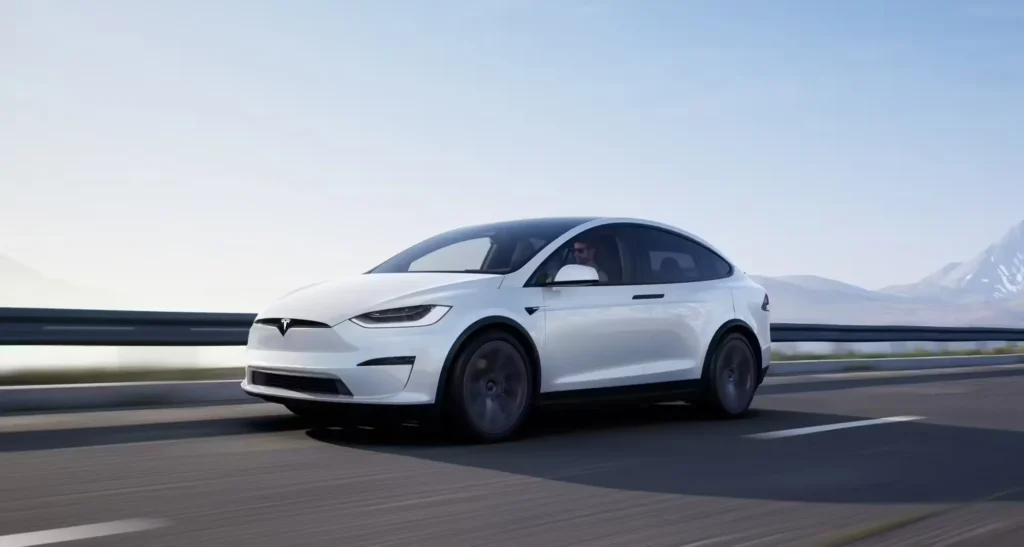
Societal Impact and the Future of Mobility
Autonomous driving is about more than technology; it’s about transforming how societies move and interact.
- Economic Disruption: Job roles in trucking, logistics, and ride-hailing will shift toward AI supervision and data management.
- Urban Planning: Fewer parking lots, reduced congestion, and redesigned city layouts.
- Sustainability: Lower emissions and energy-efficient electric fleets.
- Inclusion: Improved accessibility for those who can’t drive due to age or disability.
In many ways, autonomous vehicles are the foundation of a connected, low-carbon transport system, aligned with global sustainability goals.
The First Self-Driving Cars for the Mass Market
We’re entering a pivotal moment where self-driving technology transitions from prototype to production.
Industry analysts predict that the first self-driving cars for the mass market will appear around 2027–2030, starting with premium EVs and urban robotaxi networks.
Automakers are working closely with governments to define standards for vehicle-to-everything (V2X) communication, safety benchmarks, and ethical guidelines.
When these hit the mainstream, they’ll usher in a new era where “driving” is no longer an act, it’s an experience managed by AI.
The Road Ahead: From Connected to Autonomous
As we move toward fully autonomous, connected mobility, the integration of AI, big data, and green energy will redefine how people and goods move globally.
Governments are investing in smart grid and 5G infrastructure, while automakers race to achieve net-zero mobility.
The future of self-driving cars isn’t just about convenience; it’s about creating safer roads, cleaner cities, and smarter lifestyles.
As consumers grow comfortable and technologies mature, the phrase “Sit back, the car will take it from here” will soon become reality.
FAQs:
What is the difference between autonomous and self-driving cars?
They’re often used interchangeably. Autonomous vehicles can operate without human input, while “self-driving” generally refers to advanced driver-assist systems evolving toward full autonomy.
Are self-driving cars safe?
Yes, statistically, they have fewer accidents per mile than human drivers, though challenges like weather adaptation and sensor reliability remain.
When will the first self-driving cars reach the mass market?
Analysts expect widespread consumer rollout between 2027 and 2030, starting with premium models and urban fleets.
Which companies are leading in self-driving technology?
Waymo, Tesla, Cruise, Baidu, and Mercedes-Benz are at the forefront of autonomous vehicle development.
What’s the biggest challenge for driverless car adoption?
Public trust, ethical accountability, and regulatory harmonization remain the top barriers to mainstream deployment.
Conclusion: Self-Driving Cars Driving Toward a Smarter Tomorrow
Autonomous driving isn’t just a trend; it’s the next great evolution of human mobility.
With Waymo’s precision, Tesla’s innovation, and global collaboration, we’re steering toward roads that are safer, cleaner, and more connected than ever.
The transition may be gradual, but its impact will be permanent.
The age of self-driving autonomous cars has begun, and the destination is a world where technology drives us forward.























